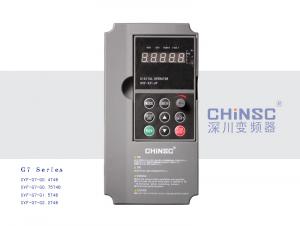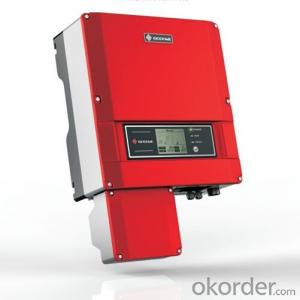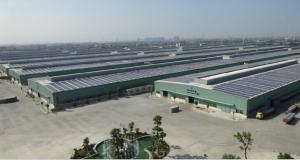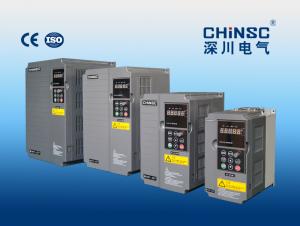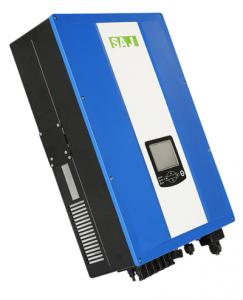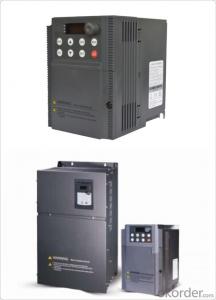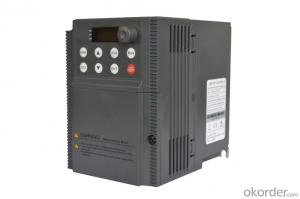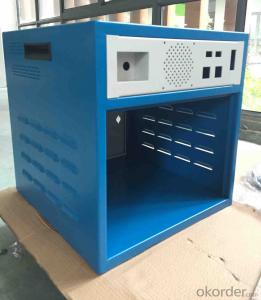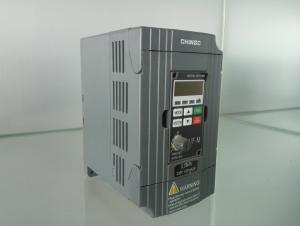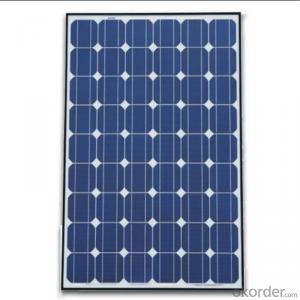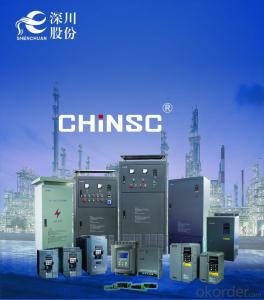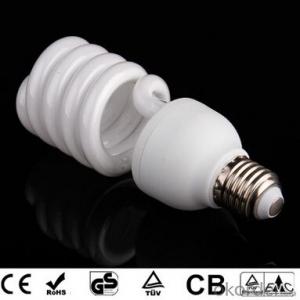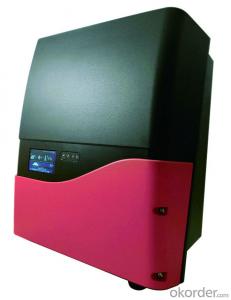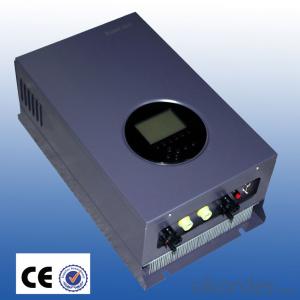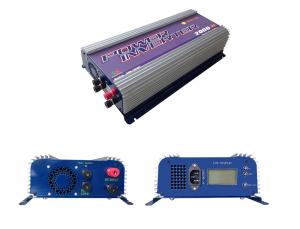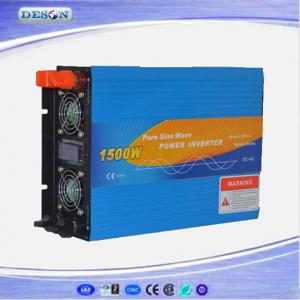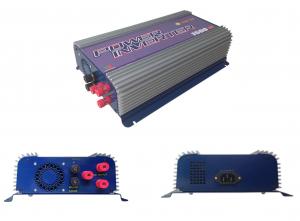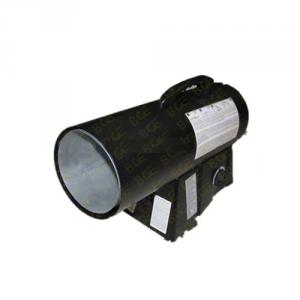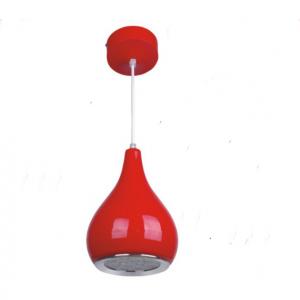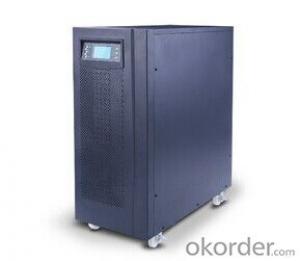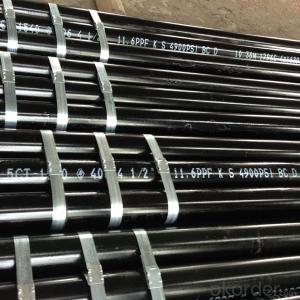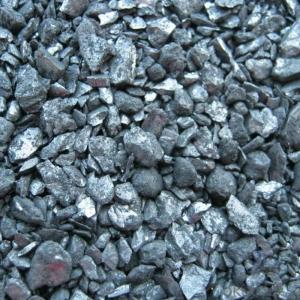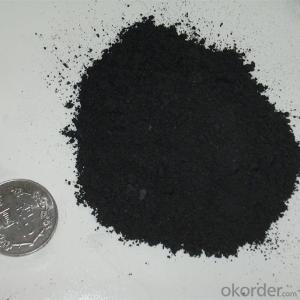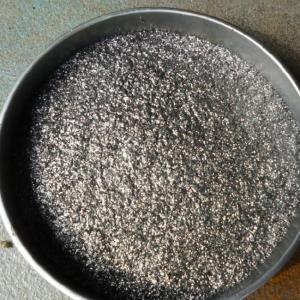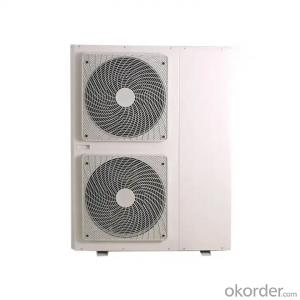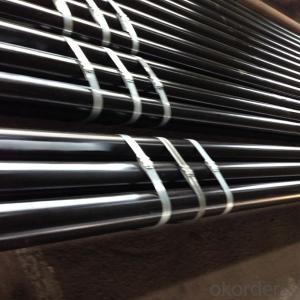15kw Hybrid Solar Inverter
15kw Hybrid Solar Inverter Related Searches
15 Kw Hybrid Solar Inverter 15kw Solar Inverter Solar 15kw Inverter 15kw Inverter Solar 15 Kw Solar Inverter 15kva Solar Inverter 15 Kva Solar Inverter 15kw Solar Inverter Price 15kw Off Grid Solar Inverter 15 Kw On Grid Solar Inverter 15 Kw Solar Inverter Price 1500w Solar Inverter 1500 Watt Solar Inverter 15 Kw Off Grid Solar Inverter 15 Kva Solar Inverter Price 1500 Watt Solar Power Inverter Solar 1500 Watt Power Inverter 1500v Solar Inverter 1500 Volt Solar Inverter 150 Kw Solar Inverter 1.5 Kw Solar Inverter 1.5kw Solar Inverter Solar Power Inverter 1500w 150 Watt Solar Inverter 5kw Hybrid Solar Inverter 1.5 Kva Solar Inverter 5 Kw Hybrid Solar Inverter 5kw Solar Hybrid Inverter Hybrid Solar Inverter 5kw Solar 150 Watt Power Inverter15kw Hybrid Solar Inverter Supplier & Manufacturer from China
The 15kw Hybrid Solar Inverter is a high-performance product designed to optimize energy conversion and storage in solar power systems. This advanced inverter combines the capabilities of both grid-tie and battery backup inverters, providing a versatile solution for various energy management needs. It is engineered to handle the demands of residential and commercial solar installations, ensuring efficient power generation and reliable backup power supply during grid outages.The 15kw Hybrid Solar Inverter is widely used in a range of applications, including residential homes, commercial buildings, and off-grid systems. It is particularly beneficial in areas where grid reliability is inconsistent, as it can store excess solar energy in batteries for use during power outages or periods of low solar production. This inverter also enables users to reduce their reliance on grid electricity, thereby lowering energy costs and increasing self-sufficiency.
Okorder.com is a leading wholesale supplier of the 15kw Hybrid Solar Inverter, offering a vast inventory to meet the needs of various customers. With a commitment to quality and customer satisfaction, Okorder.com ensures that each 15kw Hybrid Solar Inverter is thoroughly tested and certified to meet industry standards. By partnering with Okorder.com, customers can access this powerful and reliable inverter at competitive prices, making it an attractive option for those looking to invest in sustainable energy solutions.
Hot Products




